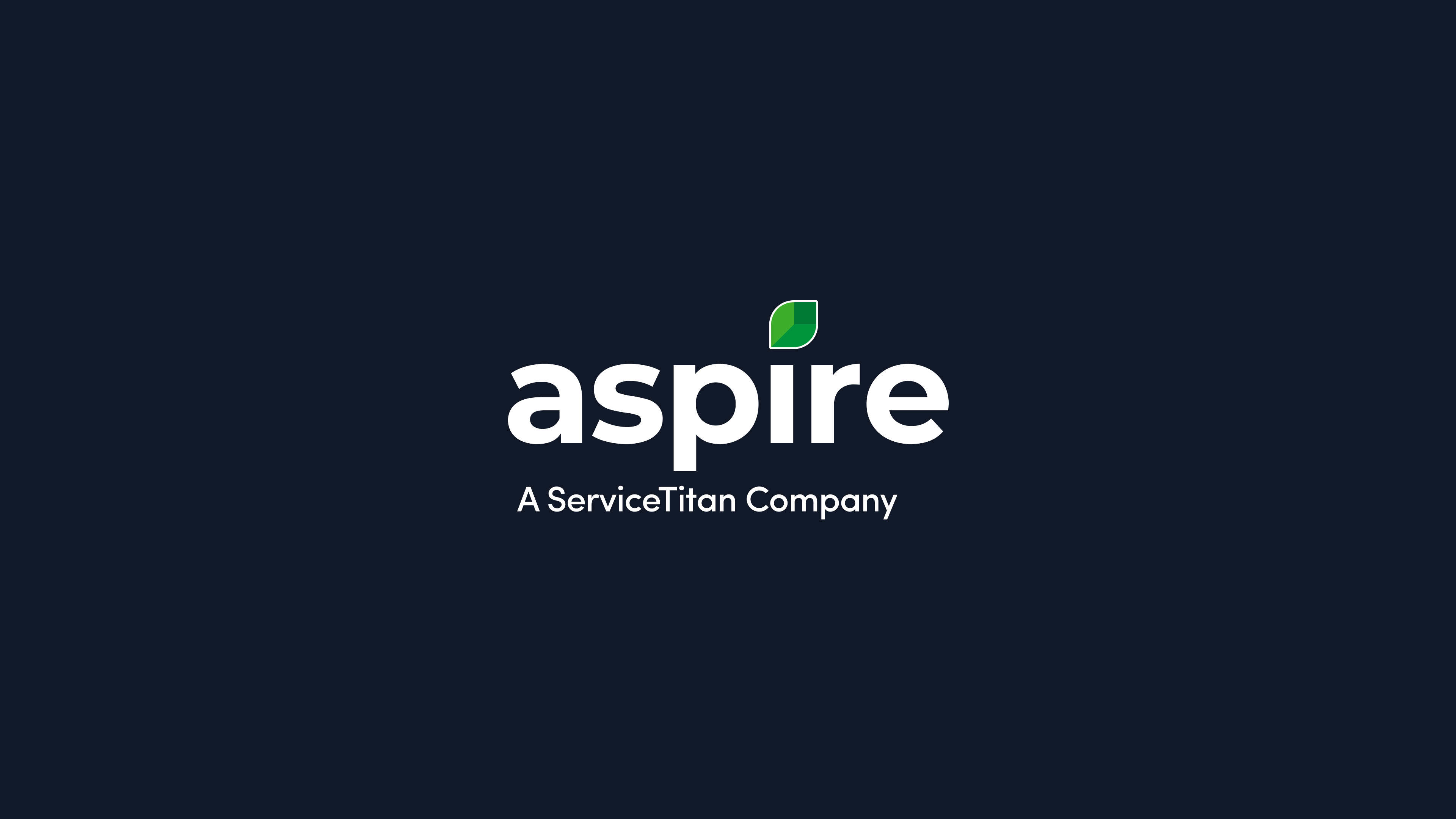Table of Contents
You don’t become a fast-growing company without making the right strategic decisions at the right time to help your team expand and boost their productivity. Typically, these decisions come down to pivoting to new software or systems to keep costs down while increasing efficiencies.
But in a fast-paced growth cycle, it becomes hard to see the bigger picture coming together as each obstacle presents itself individually.
This leads most landscaping businesses to tackle each challenge as it comes–responding reactively versus proactively planning for incoming growth pains. There’s nothing wrong with this strategy from the onset. These challenges can usually be solved by quick investments in small-scale solutions and specific software for specific areas of the business.
But eventually, these tiny solutions begin to stack, and that stack can become a mountain of inefficiencies in company alignment and cohesion. As you take a step back, you’ll realize just how much these solutions are in fact stifling growth rather than stimulating it.
So what’s the fix? Surely, cutting back on these investments will leave certain areas of your business neglected. The only proper solution is finding a new system that answers the needs of all your growing pains without scattering your investment dollars too thin.
But this requires a deep reanalysis of your current profit margins and how your existing solutions play into them. Fortunately, at Aspire, we’ve put together a profitability whitepaper that will equip your company with the tools and strategies necessary to reevaluate your current systems and discover how to optimize them for even better margins.
Here is a glimpse of what you can expect:
How do you assess an inefficient system?
To keep your sales and production staff operating in top shape, you must provide them with the tools they need to succeed. These tools usually come in the form of technology that is easy to learn, master, and optimize.
The first red element you need to assess with any technology or system is how much of the tool your team can utilize and ultimately learn how to maximize. The problem with many minor or temporary solutions is that they don’t typically come equipped with a support team to help consult your workforce on how they may best take advantage of the tool. Instead, they’re navigating a rabbit hole of unanswered forums, outdated Youtube videos, and lackluster workarounds.
This becomes an even bigger struggle when only one aspect of your business operates on the system. Having a company-wide system means you only need one key holder to be in charge of learning the ins and outs of the system so you can internally assist other teams with onboarding.
Beyond that, flaws in your current system may only grow in issue as your company grows in scale. Your tools need to be able to support your growth at every stage. A solution that slows you down more than speeds you up is no solution at all.
How does a faulty system affect operations?
Pinpointing a faulty operating system becomes a simple task if you're aware of the signs. Knowing what to look for can go a long way, and ensuring you take the time to review your operations is a great way to start. Below are some key areas to monitor and issues to keep an eye out for.
Estimating
Inaccurate data in your estimating system is the linchpin to profitable growth. Suppose your data shows signs of inconsistencies. In that case, you need to evaluate all the systems connected to the process, as disconnected processes can become risks for wide margins of error.
Labor and costs
In basketball, they have a saying, “a bad pass leads to a bad shot.” This applies to the landscaping industry, as a bad estimate sets an entire job up for failure. Inaccurate systems can lead you to overbidding and losing a job to a more competitive bid or underbidding and eating into your profit margins. If you’re finding some jobs are causing you to barely break even, then consider the systems involved that got you there.
Crew management
The way you manage your crew needs to be consistent and reliable. Poor management can lead to missed deadlines, unsatisfied customers, and frustrated team members. If you’re using different systems to plan scheduling, handle time tracking, or rectifying issues, this can lead to untraceable inconsistencies in your management process. These kinds of processes can prevent your team from being able to adjust on the fly or be responsive to the varying needs that may arise during a job.
How to fix a faulty system
Identifying problems is only half of the process to getting back on the track to hyper-growth. Finding solutions to system faults can be as simple as pivoting to new software.
Our whitepaper gives you in-depth insight into analyzing your software problems and evaluating how severe they may be and how to fix them with the right software solution.
It may not be a top concern right now, but as all high-growth companies know, it’s always better to proactively prepare for growing pains rather than waiting for them to arrive.
Fill out the form here and get the whitepaper in seconds so you can begin your assessments today.











